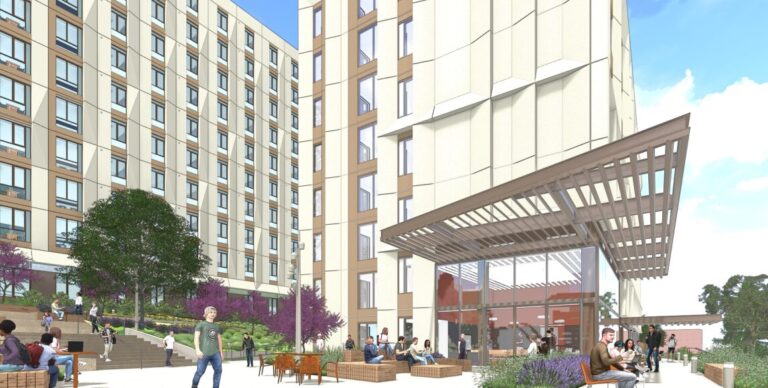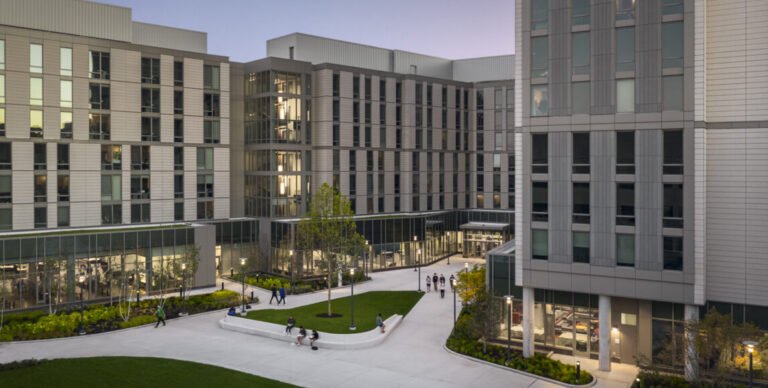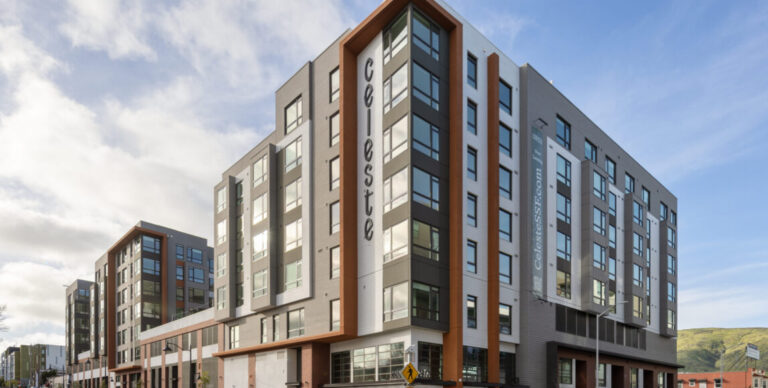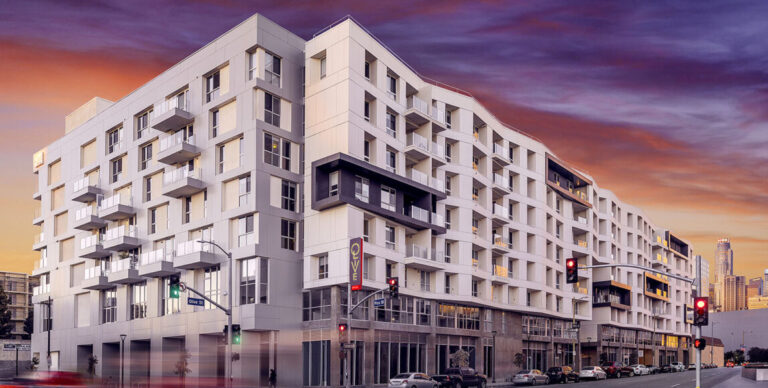Beyond Surviving August: Building Better Student Housing Through Systematic Review

Student housing development operates on a unique annual rhythm that sets it apart from traditional multifamily projects. Each year, the industry collectively holds its breath as August deliveries determine whether hundreds of students have housing or developers face empty buildings, misplaced students, and hefty hotel bills.
Once the dust settles from August move-ins, September and October present a critical window for reflection and improvement that capture collaborative insights while experiences remain fresh. The challenge isn’t whether lessons exist—it’s whether teams have structured processes to identify, document, and implement them across four key areas before the next cycle begin.
Identify Insights
Property Walks
Walk through the property and notice what’s actually happening—are the study lounges packed while the game rooms sit empty? Which finishes are showing wear after just a few months, and which spaces are being used in ways you never expected? Document both persistent problems and unexpected successes to understand which design elements are holding up well, which systems are struggling, and how residents actually use your spaces versus your original intentions.
Resident Feedback
Talk to the residents themselves. Students will tell you what they actually experience in their day-to-day life, not what sounded impressive in the brochure. Find out which spaces get inconsistent heating or cooling, which walls provide real sound separation and which don’t, and which unit layouts work best for how students actually live. This feedback helps you understand what drives resident satisfaction and retention—information you can use to refine future building systems, improve unit designs, and address the functional issues that matter to your target market.
Operations Insights
Operations teams provide another crucial perspective through their daily interaction with building systems and maintenance requests. Which warranty issues surface most frequently? Are any building systems performing below expectations or requiring more maintenance than anticipated? Operations staff also see patterns in resident complaints and requests that can inform future design decisions.
Development Team Perspective
Development team members themselves offer the fourth perspective—what procedures worked smoothly through the construction process, which partnerships proved most valuable, and what unexpected challenges emerged that other teams should be aware of. Document both successes and failures, because knowing what works well is just as useful as identifying problems.
Document and Discuss Opportunities
Next comes the hard part: getting everyone in a room to talk honestly about what worked and what didn’t. Pull in your design team, construction managers, operations staff, and leasing people—anyone who had skin in the game. The goal isn’t pointing fingers but figuring out what you’d do differently next time and what surprises (good or bad) other teams should know about.
Implement Changes
Implementation turns insights into action by applying findings from assessments to improve design, operations, contracts, and project processes. Property walks, resident feedback, and team input drive continuous updates, ensuring each development cycle builds on the last. Without this step, lessons remain talk instead of competitive advantage—especially in student housing, where annual cycles make systematic improvement both possible and essential.
Real World Impact
Here’s a few real examples of how lessons drive measurable change:
- After one lessons-learned session, the development team identified design details that repeated across every residential unit but weren’t clearly communicated to the contractor, thus leading to errors made during construction. Adding these specifications to ownership documents and incorporating them into architectural drawings reduced coordination needs during construction and eliminated rework on subsequent projects.
- Another developer surveyed residents across several properties and discovered consistent complaints about bathroom storage. Rather than accepting this as a design constraint, they brought in an architect to get creative about finding storage solutions without expanding bathroom square footage. The new bathroom template became part of their standard design specifications for all future developments—a direct response to what residents actually needed in their daily routines.
Fall offers a brief pause between the intensity of August deliveries and the planning demands of the next development cycle. Use it wisely.
Cal Poly Transforms Student Housing with Modular Construction
Cal Poly is pioneering modular student housing construction to address critical shortages, marking the CSU system's first modular housing initiative.




